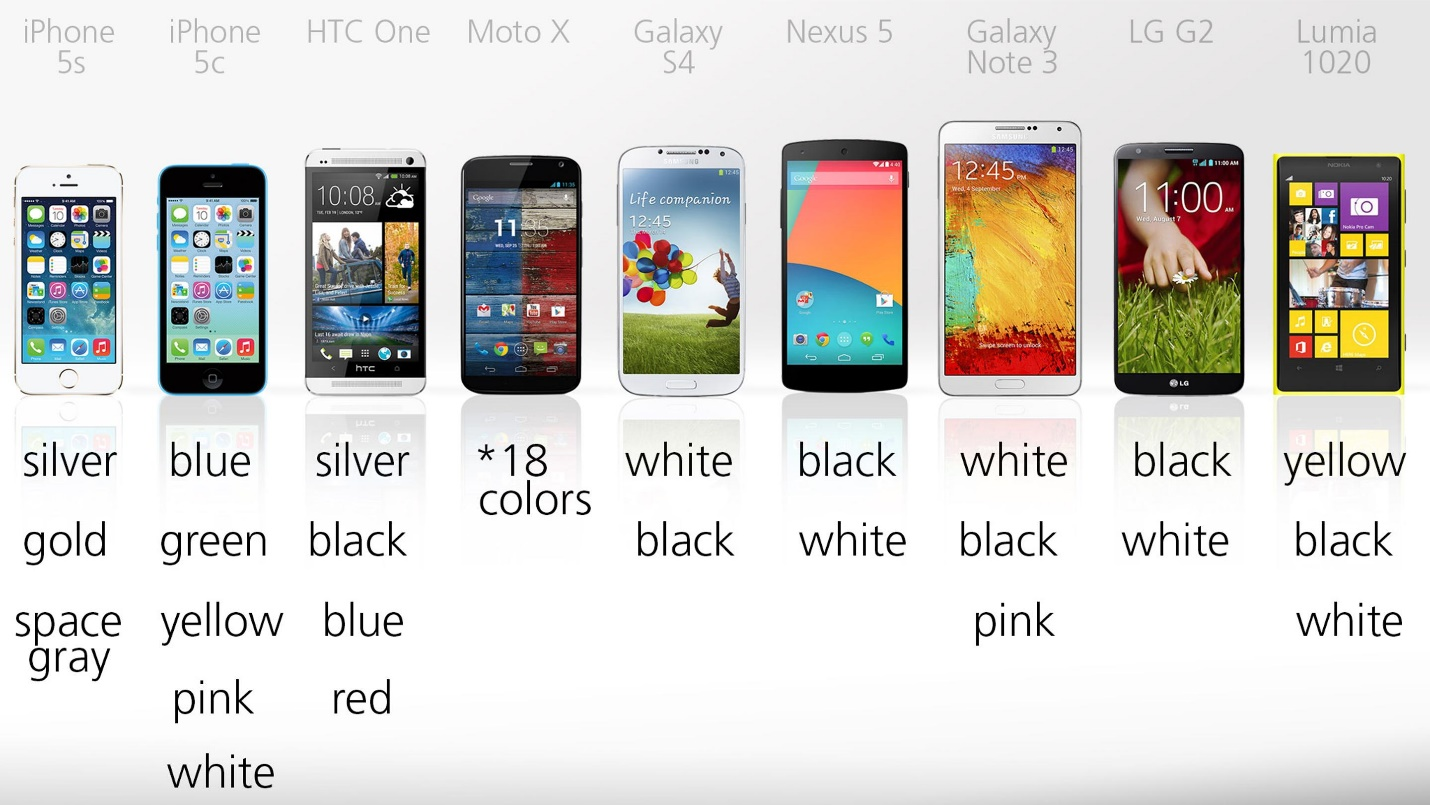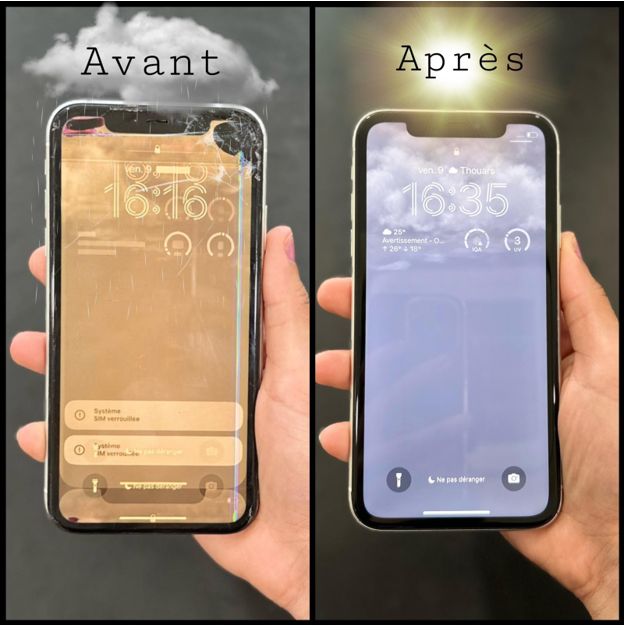The Evolution of Smartphone Displays
Over the years, smartphone displays have significantly evolved, making them a key feature in the decision-making process for consumers. Whether it’s the vivid Oppo mobile display or the renowned iPhone display, each offers unique characteristics that cater to different preferences. As technology advances, manufacturers strive to enhance color accuracy, brightness, and overall display quality, shaping user experience in profound ways.
Display Types: A Core Differentiator
When comparing displays, it’s essential to understand the types of screens used in smartphones. Most modern smartphones, including those from Oppo and Apple, utilize two main types of display technology: AMOLED and LCD. Oppo mobile displays frequently use AMOLED technology, known for deep blacks and vibrant colors. On the other hand, Apple has gradually transitioned from LCD to OLED technology in its iPhone displays, offering superior contrast and color reproduction. RepairFully provides replacement screens for both AMOLED and OLED displays, ensuring you maintain the quality of your device. The choice between these technologies can greatly influence viewing angles, power efficiency, and image quality.
Resolution and Screen Size: Balancing Clarity and Comfort
Resolution plays a pivotal role in the clarity and sharpness of smartphone displays. Oppo mobile displays often boast high pixel density, offering crisp and clear images, especially in their flagship models. Similarly, the iPhone display in newer models has embraced ultra-high-resolution screens, providing a seamless and sharp viewing experience. While screen size is subjective, larger displays tend to enhance media consumption and gaming, while more compact screens might appeal to users prioritizing portability.
Brightness and Outdoor Visibility
Outdoor visibility is another important factor in the performance of smartphone screens. In bright sunlight, not all screens perform equally. The Oppo mobile display is known for its brightness levels, making it easier to read in direct sunlight, especially in models with higher nit counts. Comparatively, the iPhone display also offers excellent brightness, especially in its OLED models, ensuring texts, videos, and apps are clearly visible even in the harshest lighting conditions.
Color Accuracy and Calibration
For professionals or users who value true-to-life colors, the accuracy of the display is critical. The Oppo mobile display tends to emphasize vibrant, saturated colors, which can make images pop, particularly in multimedia experiences. On the other hand, the iPhone display is known for its color calibration and accuracy, which tends to reproduce colors more naturally. RepairFully offers high-quality replacement displays for both brands, ensuring you maintain the best color accuracy for your needs. Both offer impressive color profiles, but the subtle differences in hue and saturation may influence the preference of photographers, designers, and video editors.
Durability and Scratch Resistance
Another key consideration is the durability of the screen. Modern smartphones are equipped with reinforced glass, such as Corning Gorilla Glass, to protect against scratches and impact. Oppo mobile displays often feature this technology, ensuring that everyday wear and tear doesn’t significantly affect the screen. Apple’s iPhone display includes similar technology, often utilizing ceramic shields or reinforced glass for improved durability. Nonetheless, accidents happen, and understanding the repair or replacement options for these displays can save time and money.
Display Refresh Rate: Smoother Visual Experience
The refresh rate, measured in hertz (Hz), dictates how many times the display updates per second. Higher refresh rates result in smoother transitions, which is particularly important for gaming, scrolling, and video playback. Some of the latest Oppo mobile displays offer refresh rates of up to 120Hz, delivering fluid and seamless visuals. Likewise, the iPhone display in newer models has embraced higher refresh rates, offering ProMotion technology that adapts the refresh rate based on the content being viewed, providing a balanced experience between smoothness and battery life.
Power Efficiency and Battery Consumption
One often overlooked aspect of display performance is its impact on battery life. AMOLED technology, used in many Oppo mobile displays, is generally more power-efficient than LCD or older technologies because it only lights up individual pixels when necessary. This feature can extend battery life, particularly in darker modes or when using apps with a dark theme. Apple’s iPhone display, particularly in models with OLED technology, also benefits from this energy-saving trait, allowing for longer battery life without sacrificing screen quality.
Conclusion
When choosing between an Oppo mobile display and an iPhone display, there’s no one-size-fits-all answer. The decision depends largely on individual preferences, whether you prioritize color vibrancy, battery efficiency, brightness, or screen size. Both brands offer exceptional displays tailored to different user needs, making it crucial to consider your daily smartphone activities and requirements before making a decision. For those who encounter screen damage, it’s important to have reliable repair services available. Whether you own an Oppo or iPhone, you can count on professional repair services like those provided by RepairFully.com to get your smartphone back in optimal working condition.





